Microdermabrasion
Microdermabrasion is a non-invasive procedure that uses tiny crystals or other exfoliating surfaces to help remove the superficial layer of dead skin cells. When you remove the stratum corneum or the top layer of the skin, the body interprets it as an injury. Then it quickly replaces the lost skin cells with new, healthy ones. The entire procedure usually takes about 30 minutes for the face. The machines can buff and polish the skin using a stream of fine crystals or a diamond tip, while some also vacuum loose skin cells from the face. You can also purchase kits to give yourself an at-home DIY treatment. You need to know that microdermabrasion is safe. As with all treatments that penetrate the skin or disrupt the skin’s surface, the safest procedure will be carried out by a professional. In fact, lots of people choose microdermabrasion over chemical peels and laser treatment because it is generally safer and more cost-effective. The procedure may be a little uncomfortable but shouldn’t hurt. However, your skin will be slightly tender afterwards and a bit red.
Preparing for microdermabrasion
Microdermabrasion is a nonsurgical, minimally invasive procedure. There’s very little you need to do to prepare for it. It a good idea to discuss your skin concerns with a skincare professional to find out if microdermabrasion is the right fit for you. Discuss any past cosmetic procedures and surgeries, as well as allergies and medical conditions. You may be told to avoid sun exposure, tanning creams, and waxing for about a week before treatment. You may also be advised to stop using exfoliating creams and masks approximately three days prior to treatment. Remove any makeup and cleanse your face before the procedure begins.
What to expect after microdermabrasion
There is little to no downtime after microdermabrasion. You should be able to resume your daily activities immediately. Keep your skin hydrated and use gentle skincare products. Avoid using topical acne medications for at least one day after treatment. It’s extremely important to protect your skin with sunscreen. Your skin can be more sensitive to the sun in the few weeks after the treatment. You can expect to see noticeable results immediately after the procedure. The number of microdermabrasion sessions needed will depend on the severity of your skin concerns as well as your expectations. Your provider will likely design a plan for the initial number of sessions, as well as periodic maintenance treatments.
Candidates for Microdermabrasion
Microdermabrasion can help address many skin issues, making many patients suitable candidates. With that said, candidates for microdermabrasion should be relatively healthy and have minor skin issues or imperfections, such as:
- Fine lines or wrinkles: Microdermabrasion stimulates collagen and elastin production while removing the top layer of old, dead skin cells, helping to smooth fine lines and wrinkles.
- Age spots and sun damage: By gently removing the outermost layer of skin, microdermabrasion can help minimize the appearance of age spots and sun damage.
- Minor scars: Minor facial scars can fade with repeated treatments.
- Uneven pigmentation: Those who suffer from uneven facial pigmentation often benefit from microdermabrasion treatment because it can help even out the skin tone.
- Acne and acne scars: Both acne and mild acne scars may be treated with microdermabrasion. The exfoliation can help clear clogged pores, reducing acne in some patients.
- Rosacea: Rosacea is a condition that causes chronic inflammation of the skin, leaving it looking red or swollen in some areas or causing acne-like eruptions. Microdermabrasion can help reduce the redness caused by rosacea in some patients.
Microdermabrasion benefits
People with uneven pigmentation, fine lines and clogged pores can benefit from a series of microdermabrasion treatments. The procedure stimulates blood flow, which increases the nutrition delivered to skin cells. This improves cell production, which improves skin’s elasticity and texture. So, if you have scarring, it may help reduce the appearance of acne scars. However, it’s not recommended if you have skin conditions such as rosacea, eczema, active sunburn, herpes, lupus, open sores, psoriasis, fragile capillaries or widespread acne. This can irritate the skin and cause further breakouts.
Risks and side effects of microdermabrasion
People who have taken the acne medicine isotretinoin in the past 6 months may need to wait before having microdermabrasion. They have an increased risk of complications such as scarring. Speak to a doctor about any spot or patch of skin that is growing, bleeding, or changing in any way. These issues can indicate skin cancer.
For a few days after microdermabrasion, a person may notice:
- skin swelling
- skin redness, similar to sunburn
- bruising
- a burning or stinging sensation
- increased sensitivity of the skin to sunlight
After the procedure, use sun protection. This will help to ensure the best results and reduce the risk of side effects. Microdermabrasion may not be suitable for people who scar easily or have cold sore breakouts.
Recovery time
Most people do not need time to recover after microdermabrasion. If a person does experience side effects, they tend to disappear after a few days. In the majority of people, the skin will recover enough for another microdermabrasion session within a week.
What Can Microdermabrasion Do for Me?
Microdermabrasion can dramatically improve the appearance of your skin. Let’s take a quick look at what it can do:
- Rejuvenate Skin
- Smooth and Improve Texture
- Fight Fine Lines and Wrinkles
- Improve Skin Tone
- Smooth Acne and Other Scars
- Decrease the Appearance of Sun Damage
Treatment Options for Adult Acne
The causes of acne are highly individualized and so should be your treatment plan. The methods are:
- Proper Cleansing– Over or under-cleansing the skin can lead to breakouts. You may receive training in proper skincare along with advice for choosing the best products for your type of acne and skin type.
- Topical Medications and Masques– Topical treatments and masques can be used to slow oil production, reduce inflammation, and kill bacteria within the pores. Retin-A and benzoyl peroxide are common topical treatments. These are often applied at home and may or may not require a prescription.
- Exfoliating Treatments– Exfoliating treatments (including alpha-hydroxy acid) can remove dead skin cells and open pores.
- Antibiotics– Topical or oral antibiotics can kill stubborn bacteria.
- Chemical Peels- An in-office chemical peel is a great option for unclogging pores, reducing oil production, and removing dead skin cells. Chemical peels may also include extractions where pimples and blackheads are manually removed.

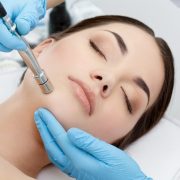
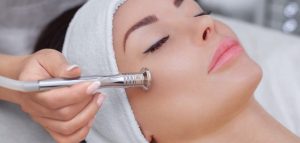

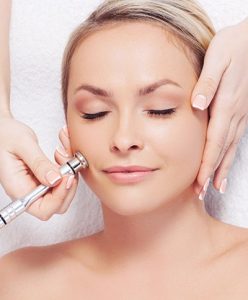
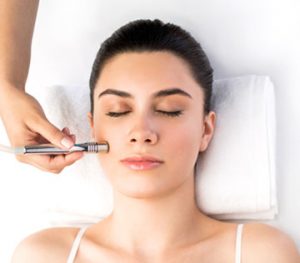
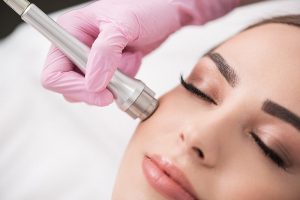


Leave a Reply
Want to join the discussion?Feel free to contribute!